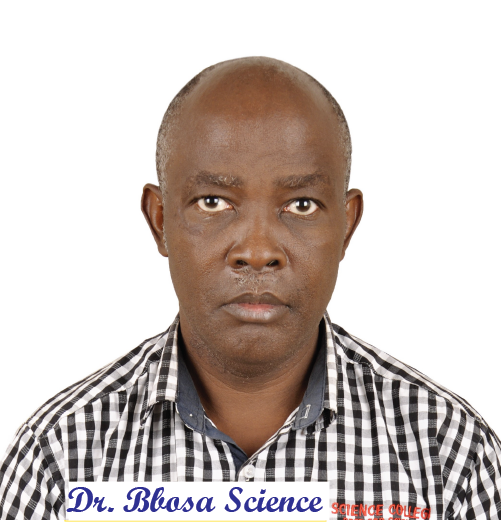
Heterozygotes as a reservoir of genetic variation (the Hardy-Weinberg principle)

For a particular character in a population, the dominant form expresses itself more often that a recessive form, for example normal skin color is more common than albino. In a large population, proportion of dominant allele and recessive alleles of a particular gene remain constant. It is not altered by interbreeding. This constancy is known as the Hardy-Weinberg principle is expressed by a mathematical law
P2 +2pq+ q2 =1
Where p = frequency of allele for dominant character
q = frequency of allele for recessive character
The formula can be used to calculate the frequency of any allele in the population. For example, imagine that a particular metal defect is the result of a recessive allele. If the number of babies born with the defect is 1 in 20000, the frequency of the allele can be calculated as follow:
The defect will only express itself in individual who are homozygous recessive. Therefore, the frequency of these individuals (q2) = 1/20000 = 0.00005
The frequency of the allele q = √0.00005 = 0.007
Since P + q = 1
The frequency p of the dominant allele = 1- 0.007 = 0. 997
From the Hardy-Weinberg formula, the frequency of heterozygotes is 2pq
i.e., 2 x 0.997 x 0.007 = 0.014
in other words, 14 in 1000 or 280 in 20000 are carriers (heterozygotes) of allele.
This means that in a population of 20000 individual, one individual will suffer the defect and about 280 will carry the allele. The heterozygotes are acting as a reservoir of the allele, maintain it in the gene pool. As these heterozygotes are normal, they are not specifically selected against, and so the allele remains. Even if the defective individuals are selectively removed, the frequency of the allele will hardly be affected. In our population of 20000, there is one individual who has two recessive alleles and 280 with one recessive allele- a total of 282. The removal of the defective individual will reduce the number of alleles in the population by just 2, to 282. Even with the removal of the defective individual, it would take thousands of years just to halve the allele’s frequency.
Occasionally, as the sickle cell anemia the heterozygotes individual have a selective advantage. This is known as heterozygote superiority.
Conditions that allow Hardy-Weinberg principle to be true
- No mutation
- The population is isolated i.e. there in no immigration or emigration
- There is no natural selection or individuals are equally fertile
- The population is large and mating random
Please find free downloadable notes, exams and marking guides of agriculture, biology, and chemistry from digitalteachers.co.ug website.
Dr. Bbosa Science
